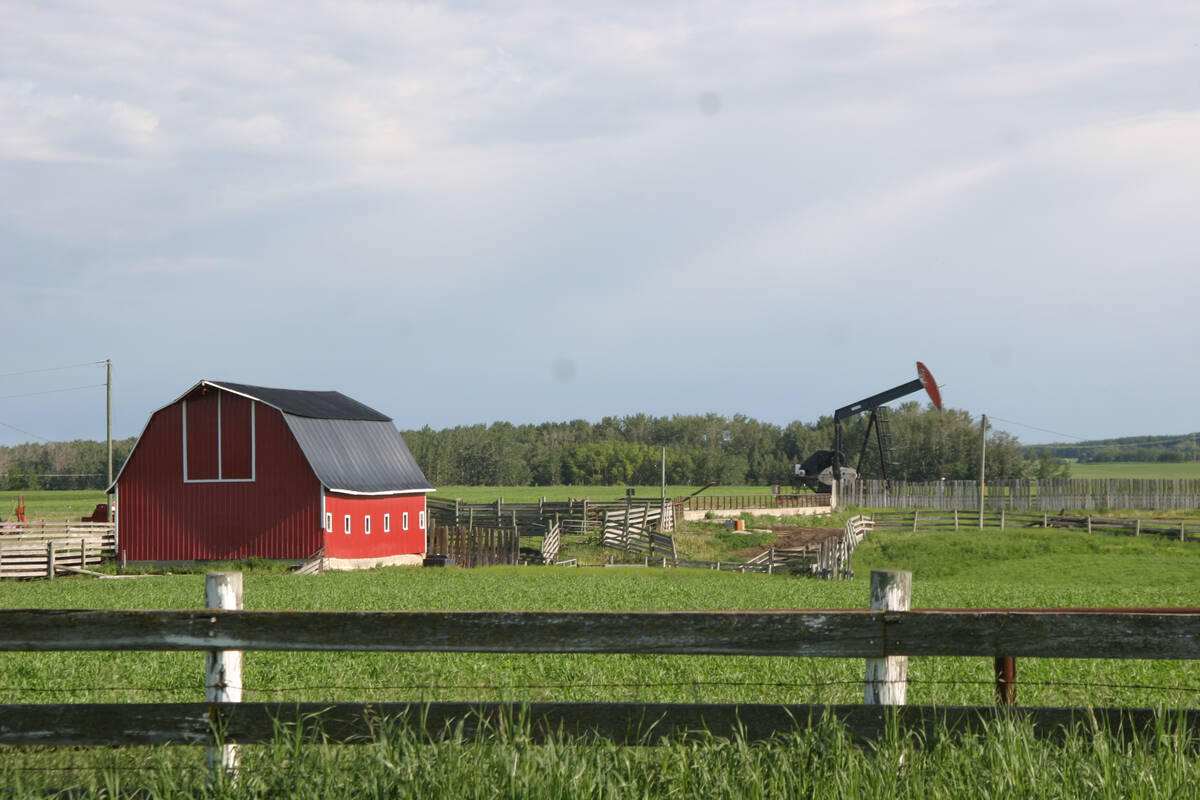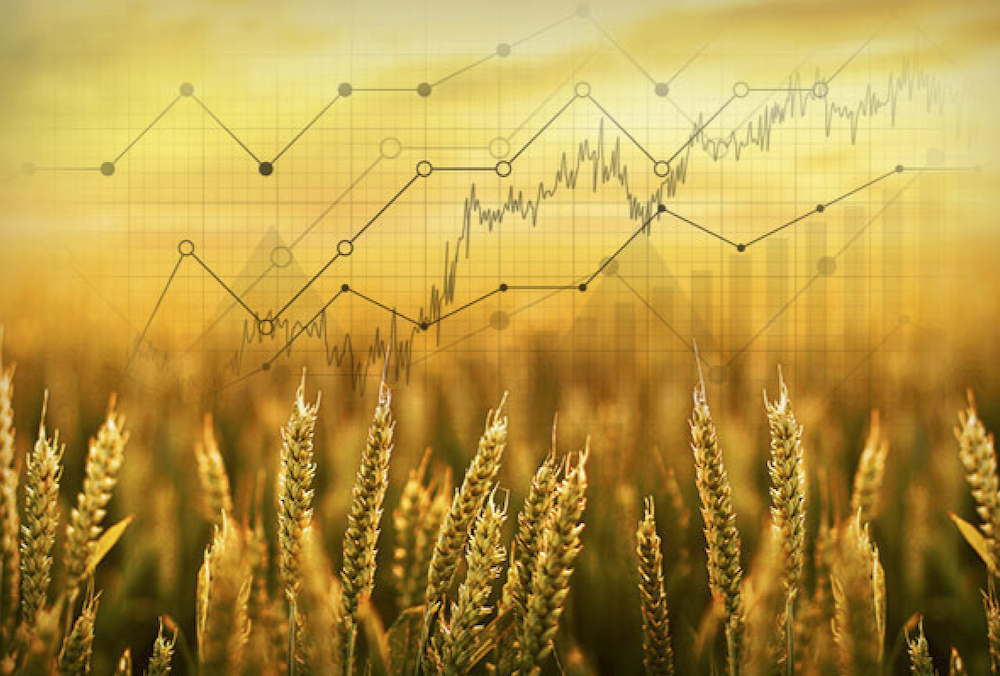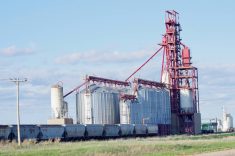Supply-chain lions and interest-rate tigers and market bears, oh my!
That could have been the theme for a recent webinar featuring a host of market analysts, all of whom highlighted just what a volatile time this is.
“You have to figure out what is going on in this world, because so much of what is dictating the trade flows around the world now are these geopolitical matters,” said Neil Townsend of FarmLink Marketing Solutions, which hosted the webinar earlier this month.
Read Also

Recommendations in the mature assets strategy could cause potential problems for landholders
The Western Stock Growers’ Association urges producers to pay attention to the potential changes to Alberta’s Mature Assets Strategy.
Russia’s invasion of Ukraine and its decision to cut off natural gas supplies to Europe is just one of many factors at play.

“We’ve got a really different macro situation in the United States,” said Jacob Shapiro, an American analyst with Perch Perspectives. “The fed (Federal Reserve Board) is so worried about inflation that it is going after policies that are going to raise the U.S. dollar and put a lot of pressure on emerging and developing markets.”
As well, Shapiro expects the tensions between Beijing and Washington will intensify, making the markets even more unsettled.
“Next year will be more volatile, and that’s saying something,” he said.
Rising energy costs are also pushing up food prices, and that has a host of impacts across the world, added Shapiro.
“If you’ve got higher food prices, get used to much more geopolitical instability in the rest of the world,” he said.
Inflation won’t be tamed in a hurry, predicted Ranulf Glanville, chief market analyst for DePutter Publishing.
“Financial markets are starting to guess when we will reach the top on the current upcycle of interest rates, and the best guess right now is sometime in 2023,” he said. “With inflation coming in higher than expected, it looks like interest rates will go higher for longer.”
“We’ve seen interest rates impact everyone’s life,” added Townsend. “When it comes to grains and oilseeds, we have a huge amount of uncertainty and volatility.”
It’s noteworthy that grain and oilseed prices have stayed “fairly high through harvest, which is a unique thing,” he said.

Townsend recommends incremental selling, a view heartily endorsed by Glanville.
“Although some prices are down from the bull market peaks in early 2022, there are a lot of good prices available, opportunities to turn crops into cash, and sometimes that is simply a good thing in an uncertain environment,” said Glanville.
Of course, the traditional mover of markets — weather — hasn’t gone away.
John DePutter, president of DePutter Publishing, said he’s focused on crop conditions for soybeans in South America, particularly Brazil.
“If the weather damages it, we could test the highs for soybeans and canola,” said DePutter, adding the key window is mid-December to mid-January.
“Watch those markets to see how they respond to weather news. When the weather seems to be the most bullish and most damaging to that crop, and the market fails to keep rising in that time frame, sell something.”
On the other hand, buying is also more problematic these days.
While potash and phosphate prices are relatively stable, nitrogen prices will likely rise because of natural gas shortages in Europe, said Nathan Carson, vice-president of operations at Chemical Dynamics, a crop advisory company and fertilizer distributor in several American states.
“Right now, the fertilizer market is all over the place,” he said. “It is a wild, wild time.”
[RELATED] Nutrien cuts 2022 profit forecast again on lower potash prices
But the price of some inputs may level off, or even decline, if their high cost cause farmers in some countries to cut back, added Carson.
“I would not be optimistic about fertilizer prices coming down, even with the fears of global recession percolating through the rest of the input makers,” he said.
Because of the uncertainty over nitrogen prices, Carson recommends growers lock in their supplies now.
Glanville’s advice is to accept that volatility is the new normal, at least for the foreseeable future.
“It’s important that everyone remember that we have shifted from a relatively cooperative global market to one that is increasingly fractured and competitive,” he said. “I think that is something which will continue to dominate many of the markets we’re watching in 2023 and 2024.”
Start by ensuring you have the inputs you’ll need to grow a crop, added Carson.
“Supplies may be a little more difficult to get because of these higher interest rates. Find out ways and alternative supplies to get the inputs you need. Take advantage of opportunities as they present themselves.”
But remember, it’s not a time to swing for the fences, Carson added.
“What we need to do is figure out how to shift from trying to maximize profit from trying to guard against downside risk,” he said.
















